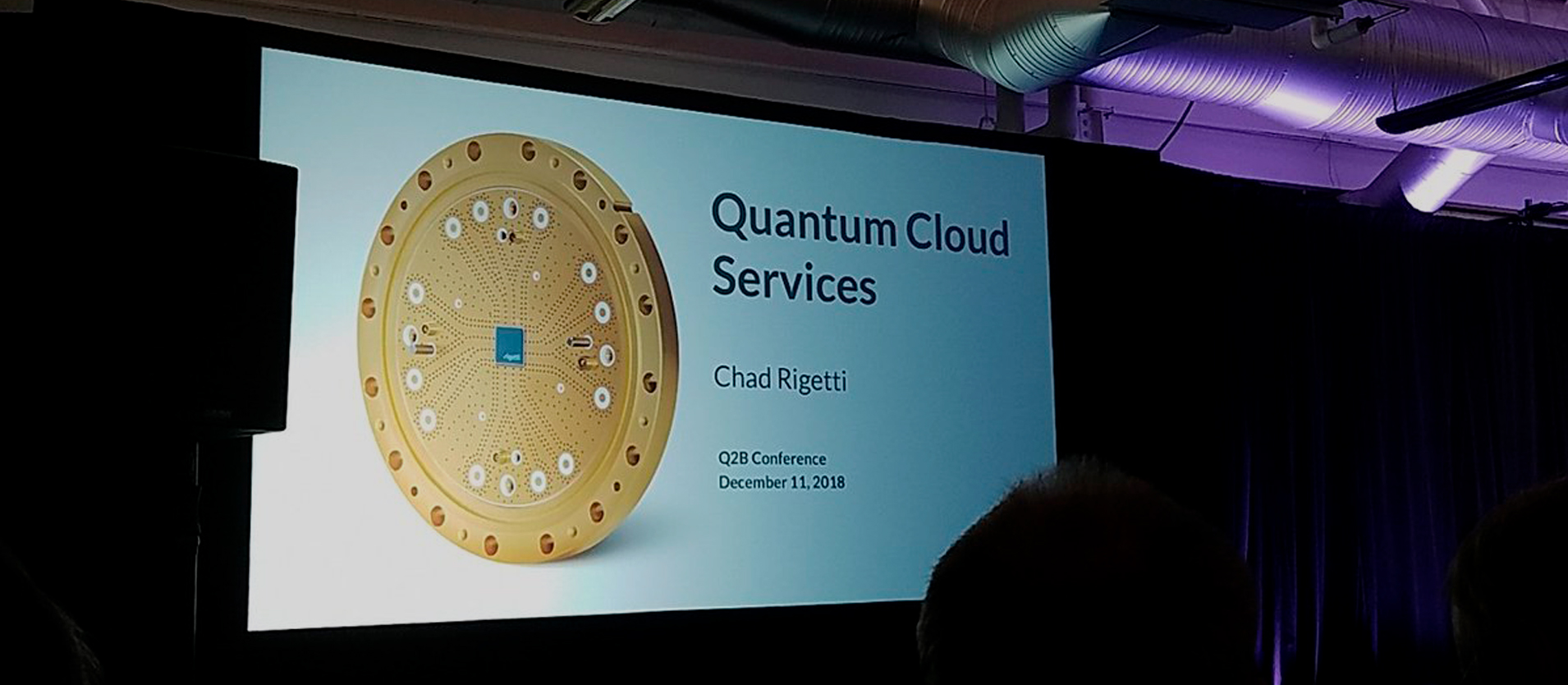Discovering new drugs and materials by simulating on a quantum computer
Last year (2017), on September, a team of researchers at IBM have successfully used their quantum computer, IBM Q, to precisely simulate the molecular structure of beryllium hydride (BeH2). It’s the most complex molecule ever given the full quantum simulation treatment.Physicists and chemists routinely use computers to simulate how atoms and molecules behave. Such simulations require massive amounts of computing power, because interactions between three or more interacting particles quickly become devilishly complex. But the electrons inside molecules obey the strange laws of quantum mechanics: it’s impossible to simultaneously pin down an electron’s position and speed. This makes it even harder to calculate the distribution of these electrons within a molecule. Even today’s most powerful supercomputers can simulate molecules only up to a few hundred atoms.

A quantum computer has simulated beryllium hydride, lithium hydride, and hydrogen molecules (shown left to right), setting a world record. (IBM RESEARCH)
But scientists believe that quantum computers are on track to overtake their classical cousins. As far back as 1981, the Nobel Prize–winning physicist Richard Feynman predicted that computers based on quantum mechanics could simulate large molecules exactly. Whereas an ordinary computer uses bits that can be set to 0 or 1, a quantum computer employs “qubits” that can be set to 0, 1, or 0 and 1 at the same time. These qubits can then be linked together to create a powerful quantum processor, which, in theory, should be able to simulate a molecule far more efficiently than a conventional computer. Many scientists think that revealing new drugs and materials will be the first killer application of future quantum computers, which are being feverishly developed at universities and companies around the world.
Today’s quantum computers, however, are severely limited by the sensitivity of their qubits, whose delicate 0-and-1 quantum states can be disrupted by temperature fluctuations or stray electric or magnetic fields. The more qubits are linked together, the more easily they’re upset. Last year, researchers at Google’s quantum computing lab in Venice, California, used three qubits to calculate the lowest energy electron arrangement of the simplest possible molecule, molecular hydrogen.
IBM’s quantum computing researchers have now raised the bar. The scientists used up to six qubits made of specialized metals called superconductors, which can carry different levels of electric current simultaneously, to analyze hydrogen, lithium hydride, and beryllium hydride (BeH2) molecules. First, they encoded each molecule’s electron arrangement onto the quantum computer. They then used a specialized algorithm to nudge the simulated molecule into lower-energy states, which they measured and encoded onto a conventional computer. They repeated the process until the quantum computer found the molecule’s lowest energy state—an important step in many chemistry applications.
Using this iterative algorithm, IBM’s quantum computer successfully calculated the ground state energy of all three molecules, setting a world record for quantum simulation.
Because of errors that inevitably creep into quantum calculations, the results are not perfectly accurate, the researchers note. But the demonstration could help chemists better understand known molecules and discover new ones.
For practical purposes, however, BeH2 is still a tiny molecule. New pharmaceutical compounds, for example, typically contain 50 to 80 atoms. And the cellular proteins with which such drugs interact—and that scientists must also simulate to understand how a potential drug will work—can contain thousands of atoms.




